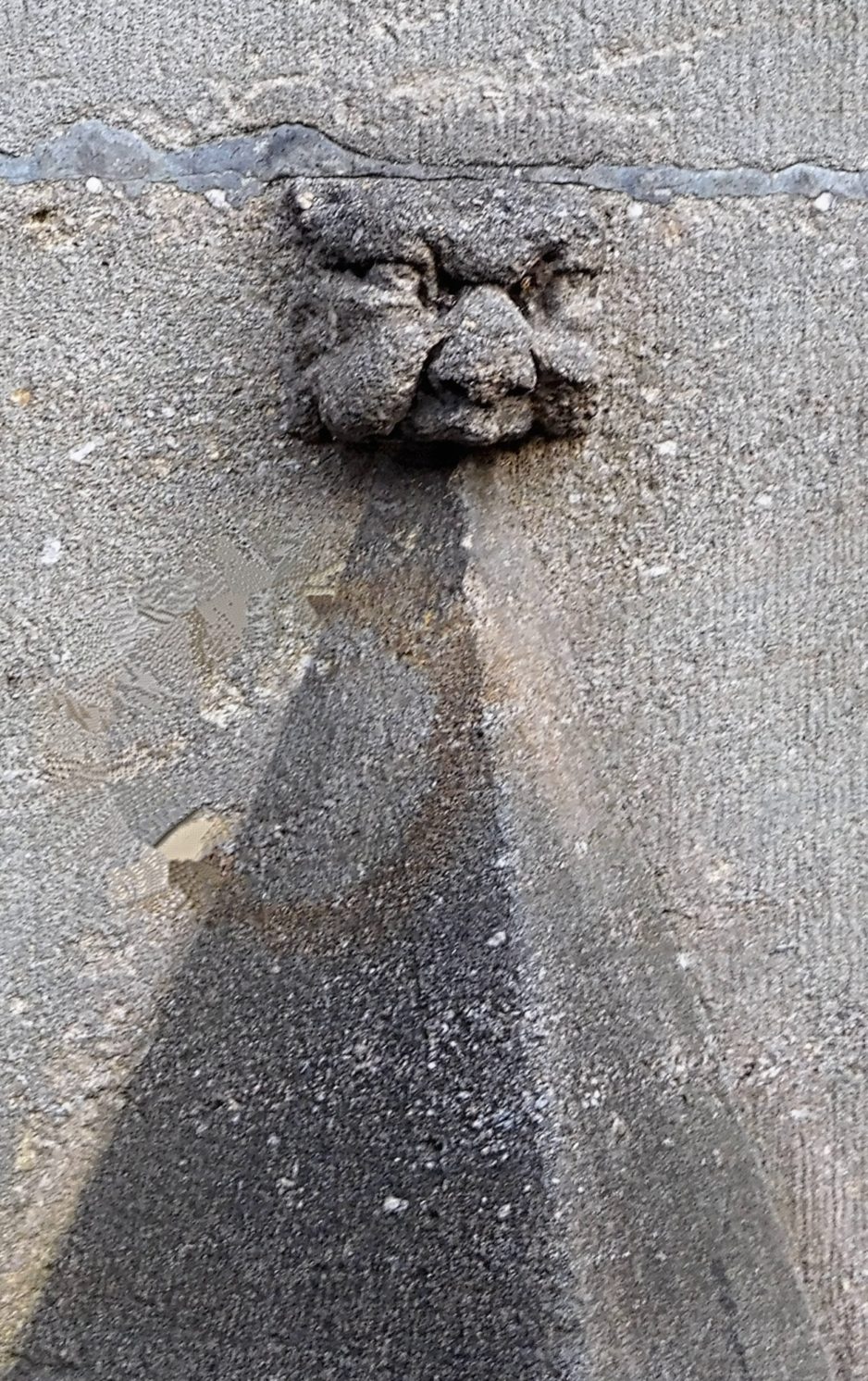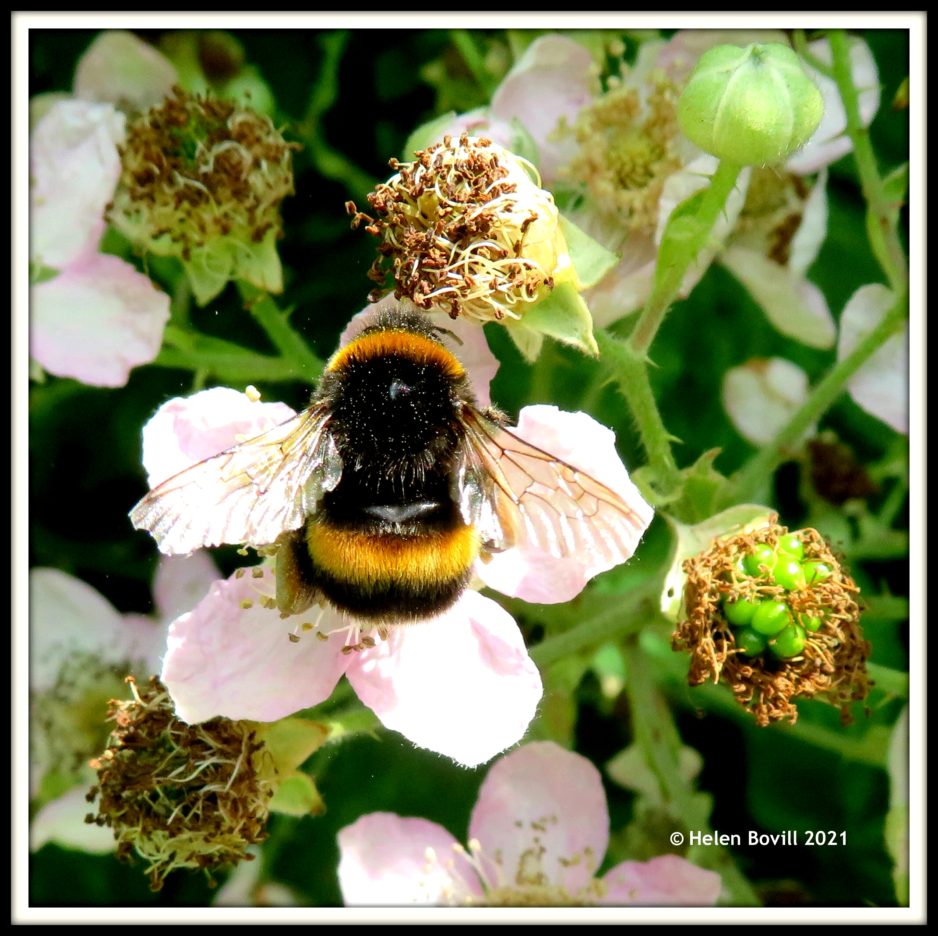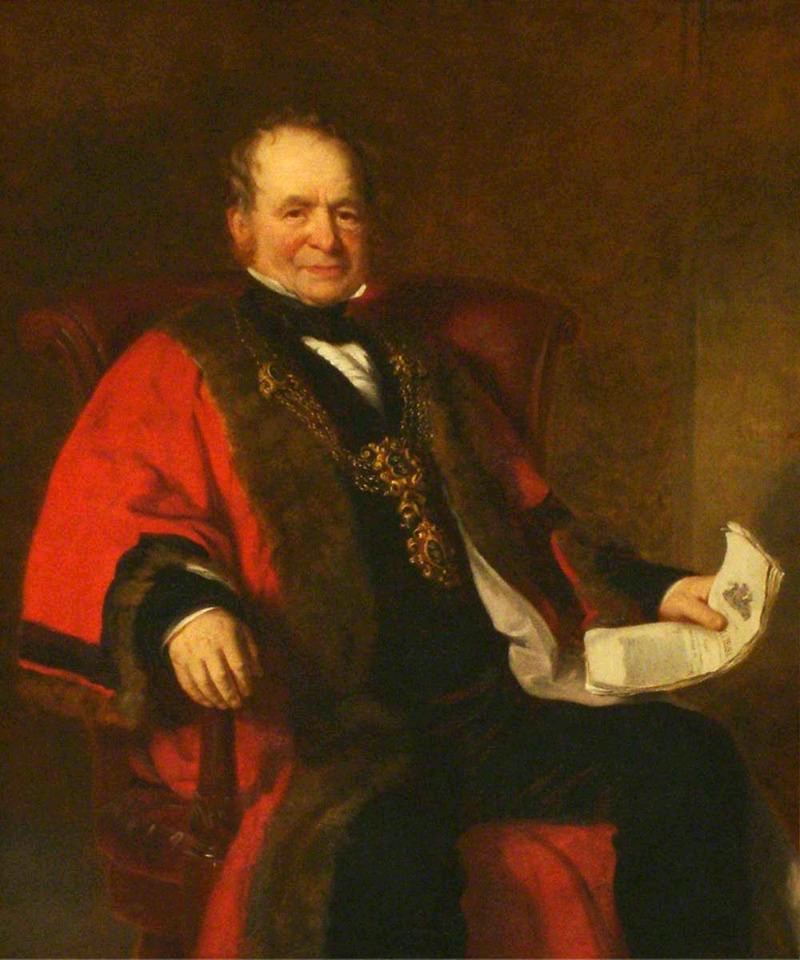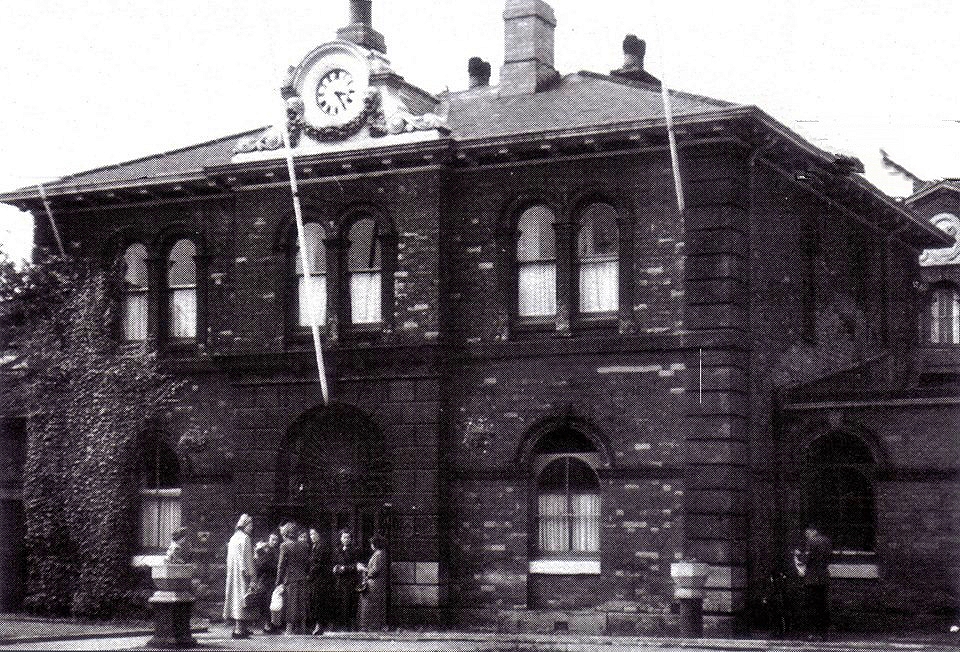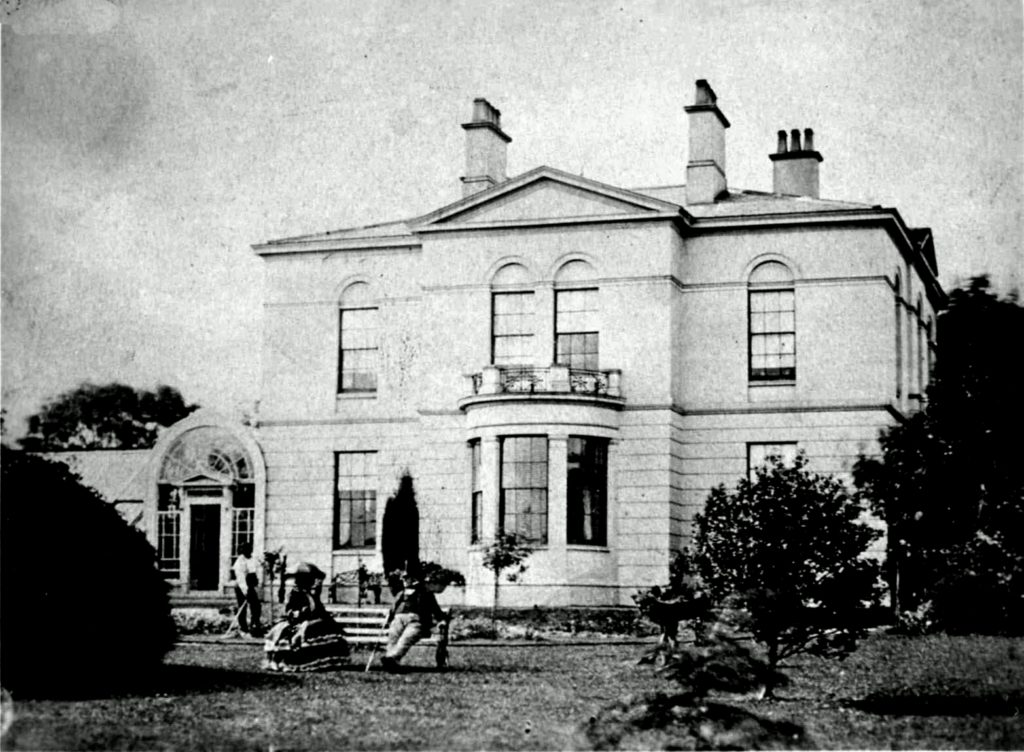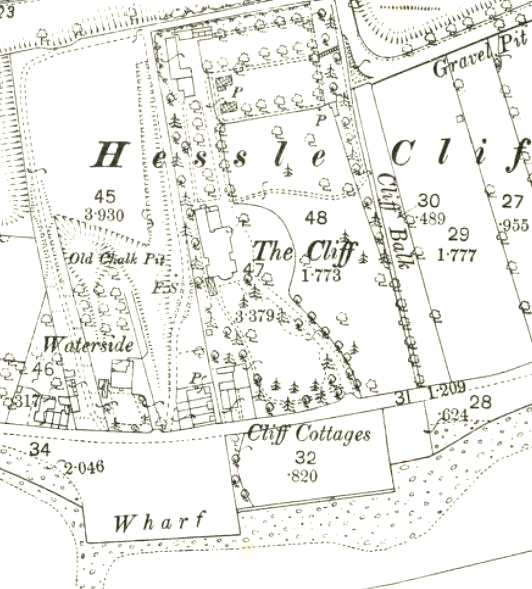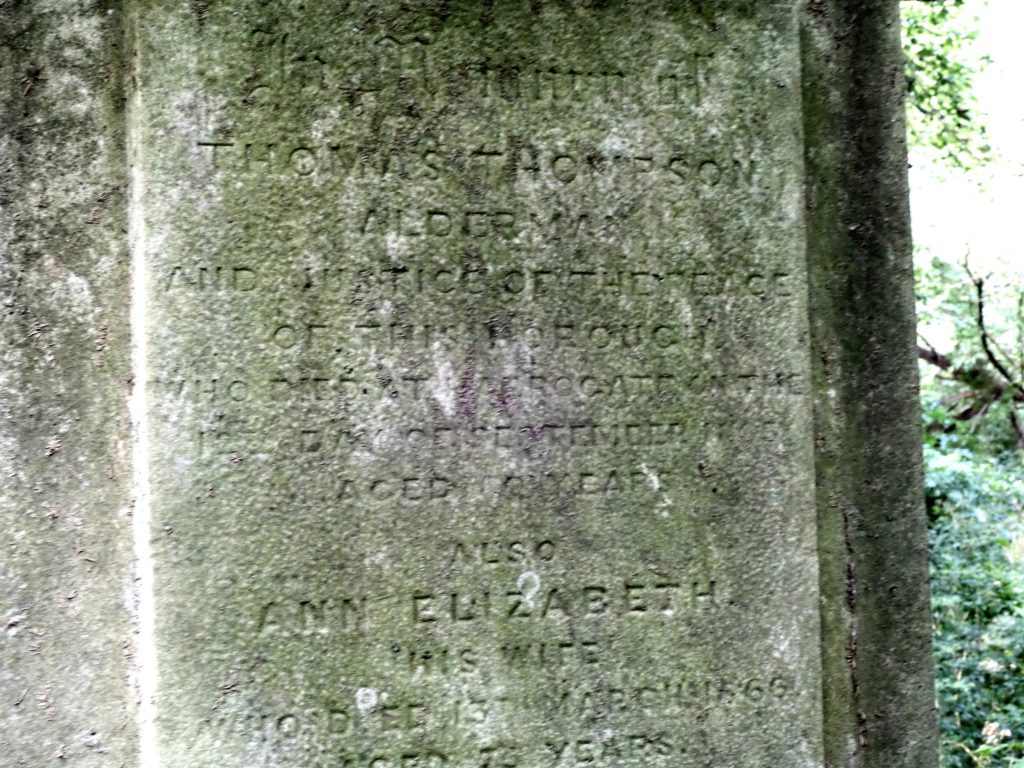Summer Wildlife: July
What a month of contrasts July has been, going from torrential downpours earlier in the month to a heatwave in the middle of it!
It’s a relief to start this month’s report with some good news – Hull City Council has apologised for the cutting of the grass verge alongside the cemetery in early June, stating it had been done by their operator in error.
They do appreciate the value of such Summer wildlife habitats and as a result they are going to designate the grass verge as a ‘’no mow’’ area. This means they will only cut the grass and the plants at the back of it at the end of Summer or early in Autumn. They are also going to set some wildflower seeds in the bare area, so next year we should see some additional plants growing there as well as the usual ones.
The grass has started to grow back now, and luckily there are plenty of flowers on the Brambles at the back of the verge – an important source of nectar for Bees and other pollinating insects.
Butterflies and insects
Another quiet month for butterflies, with just a few Speckled Woods and Large Whites around. I also saw a Small Tortoiseshell, but the best sighting this month was a Red Admiral, which kept me company while I was working in the Quaker Burial Ground.
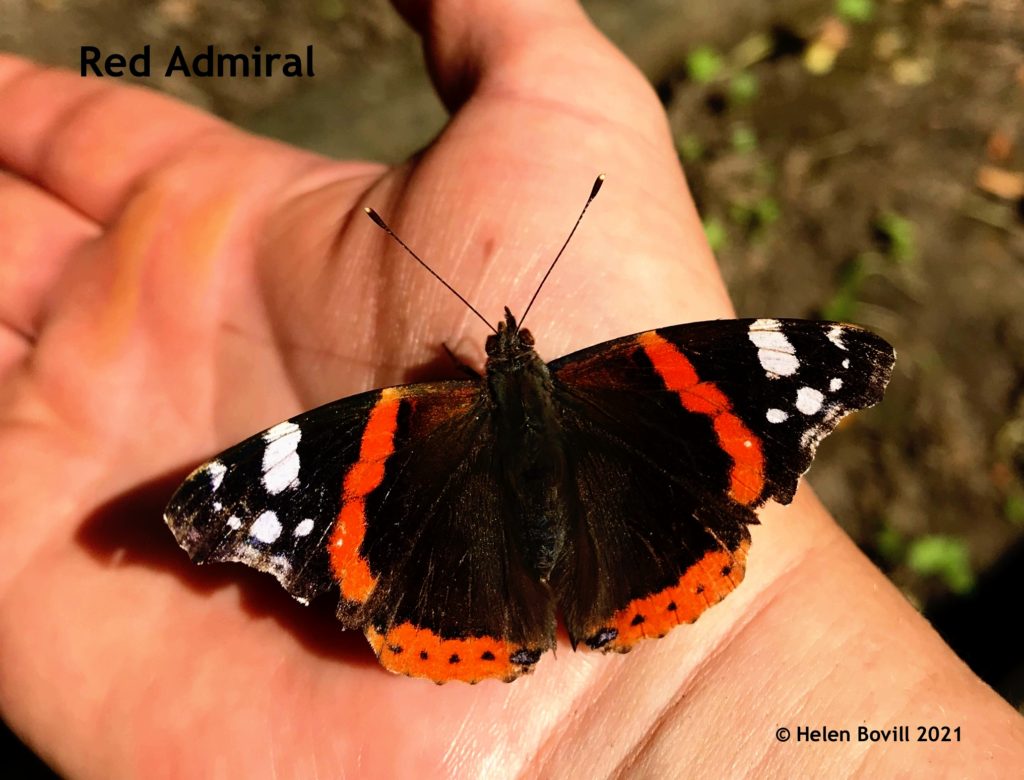
Whenever you see a butterfly fluttering nearby it’s always worth holding your arm out to see if it lands on you – this is one of the species that will sometimes do this. It remained on my hand for half an hour, presumably feeding on the minerals on my skin. (Polite description of sweat, an unlimited food source for the butterfly that hot day).
This gave the other volunteers an opportunity to observe a butterfly up close, and to appreciate the need to plant and maintain shrubs and flowers that attract and sustain them.
There were lots of Ladybirds of varying sizes and colours around. In many cases it is not easy to identify which species they are because some species have colour and spot number variations within that species.
There are around a dozen native UK species, three of which are yellow. I thought I’d found one of those, but this one is a Harlequin.
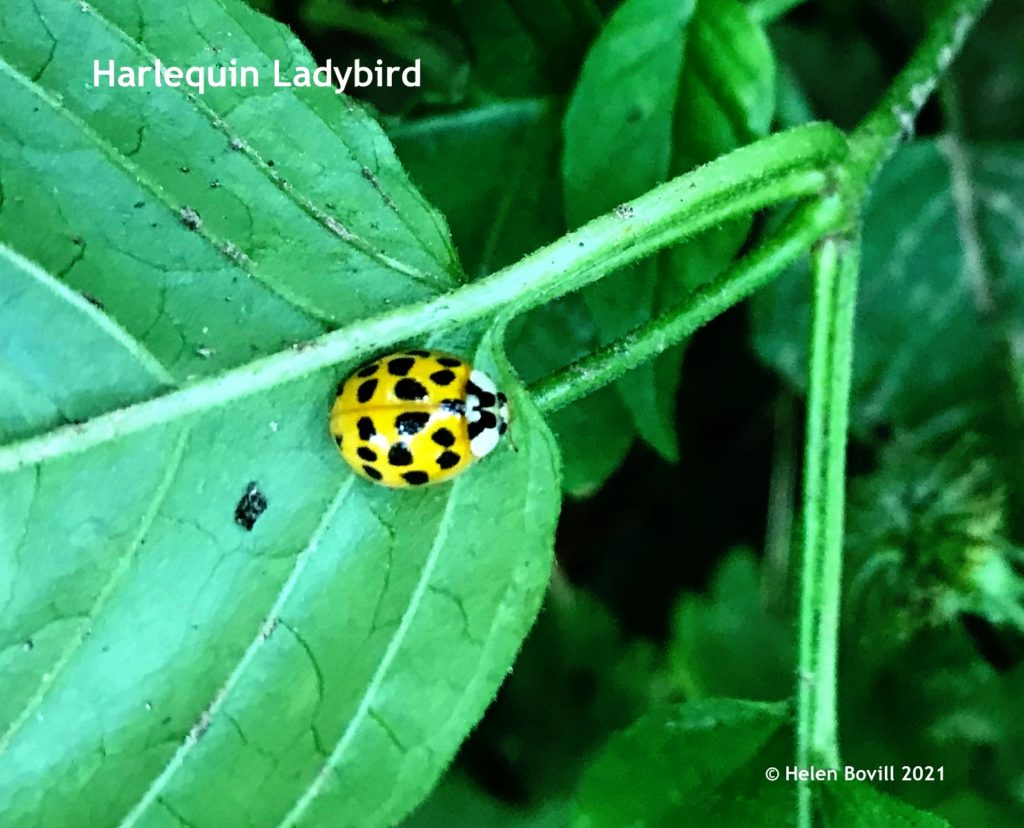
Birds
There are still plenty of fledglings or juveniles around. But sometimes it is difficult to tell which are the young ones and which are the adults because at this time of the year the adults start the process of replacing their feathers.
This can sometimes give them a rather scruffy look compared with the smoother look of the juveniles.
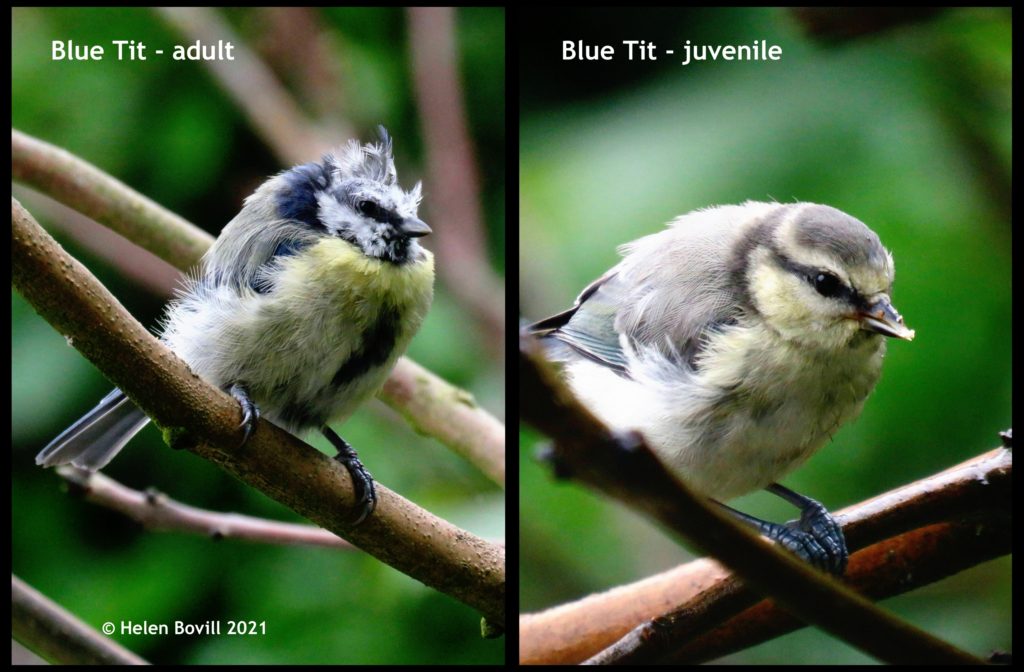
It seems to have been a good year for Blue Tits and Great Tits, with many of the earlier fledglings no longer being reliant on their parents for food.
There are young Blackbirds, Robins and Chaffinches around and I was lucky to have the pleasure of observing a family of five newly-fledged Goldfinches being fed by both their parents.
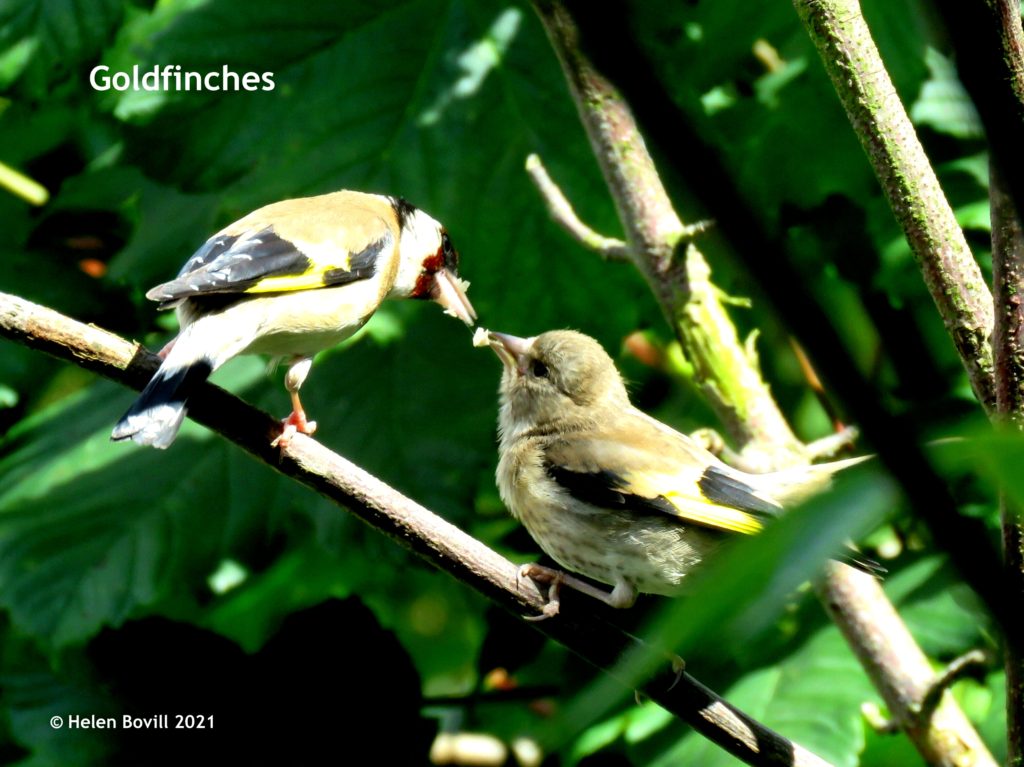

Juvenile Goldfinches are easy to identify because of the yellow feathers in their wings.
The black, white and red feathers on their faces come later. Both sexes are similar.
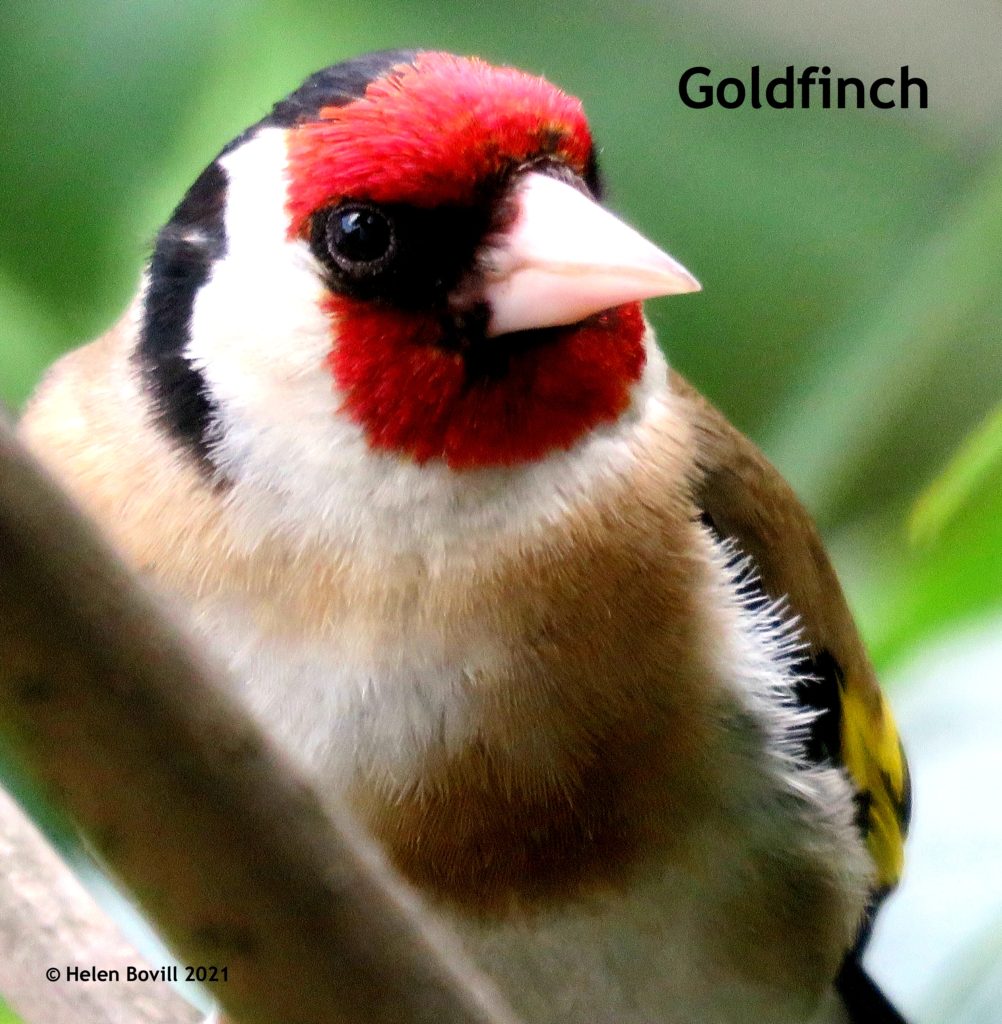
A regular visitor to the cemetery showed me some footage he’d taken on his mobile phone of a female Mallard walking through the cemetery with some ducklings following behind her! I hope they made it safely to the nearest large body of water, which is in Pearson Park.
Mallards have been known to nest in some unusual places including balconies on high-rise flats. They can then sometimes need human assistance to get them to safety.
Another bird I haven’t seen in the cemetery for a while is the Collared Dove, so I was pleased to see one this month.

Flowers and other plants
The natural dying-off of the Cow Parsley and Hogweed has continued, and some Wild Carrot has now appeared.
When fully open it looks a bit like a shorter version of Cow Parsley, but it has some feathery leaves underneath the flower head. The buds look a bit like Love-in-a-Mist buds.

Not many plants are in flower at the moment. There are the usual Buttercups, Daisies and Clover to see. There is now some Enchanter’s Nightshade, Broad-leaved Willow herb and Hedge Woundwort in flower.
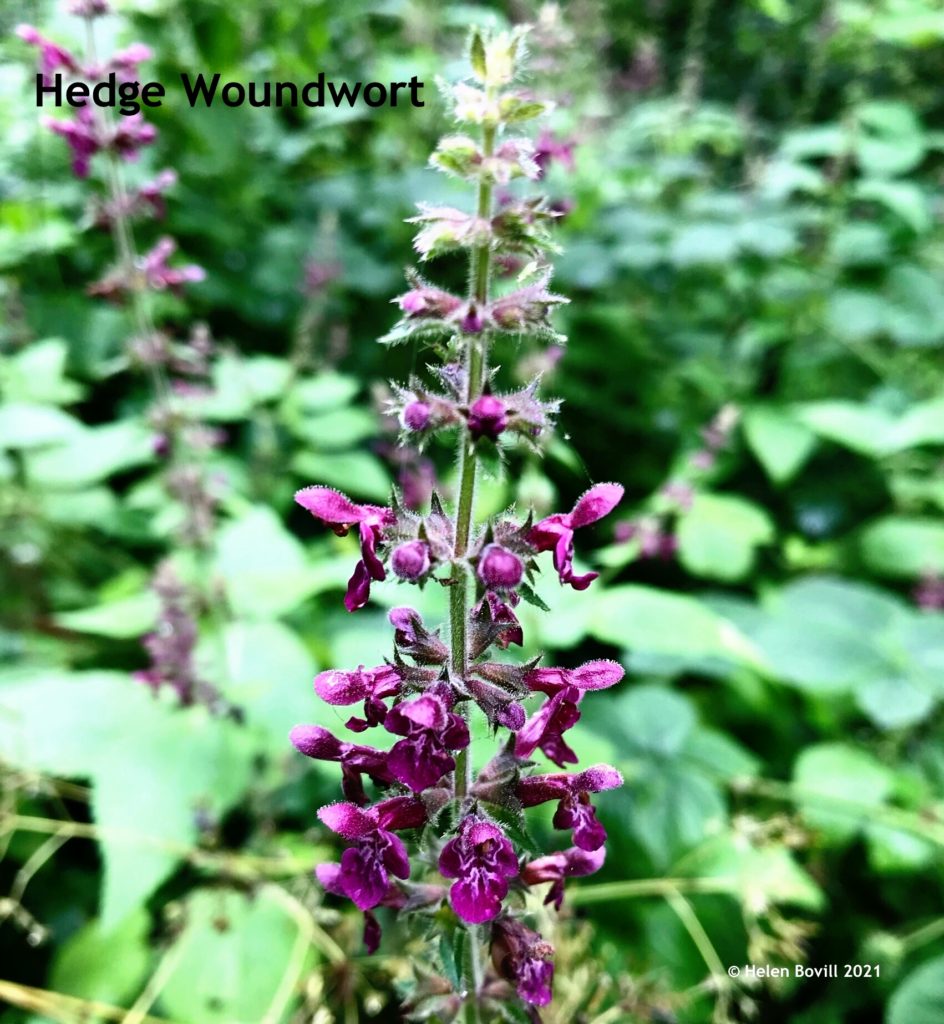
Prior to the Stop Notice the volunteers had planted some species approved by the Council as being appropriate for the site in various places around the Cemetery. The Foxgloves were doing well and had started to flower but some have been pulled up and others had their flower stems broken. Why anyone would do this is beyond me.
The Stop Notice meant that the volunteers were not allowed to set any plants in the area we were hoping would become a butterfly meadow.
So rather than see them go to waste, we set the plants in two areas near the path behind Thoresby Street school. These included Sunflowers, Cornflowers and other mixed wildflowers. These spare areas of unused land are in a rather shady location but the Cornflowers are now flowering.
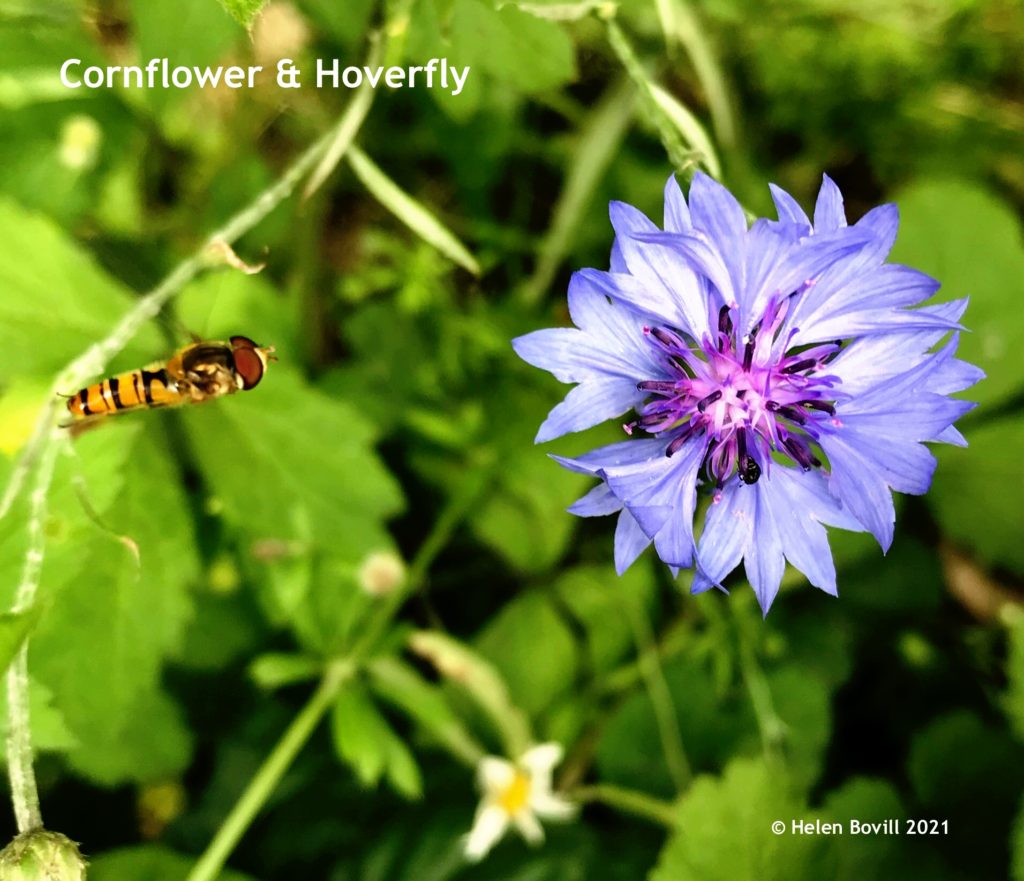
Mushrooms
It is sad to have to report that another beautiful specimen of a Dryad’s Saddle has been destroyed by someone. At first large parts of it had been sliced off. A few days later the rest had been removed leaving no trace of it. Vandalism? Theft? Either way this is very disheartening and disappointing, and there are no more large specimens left in the Cemetery now.
There are still a few smaller mushrooms around including these tiny Fairy Inkcaps.
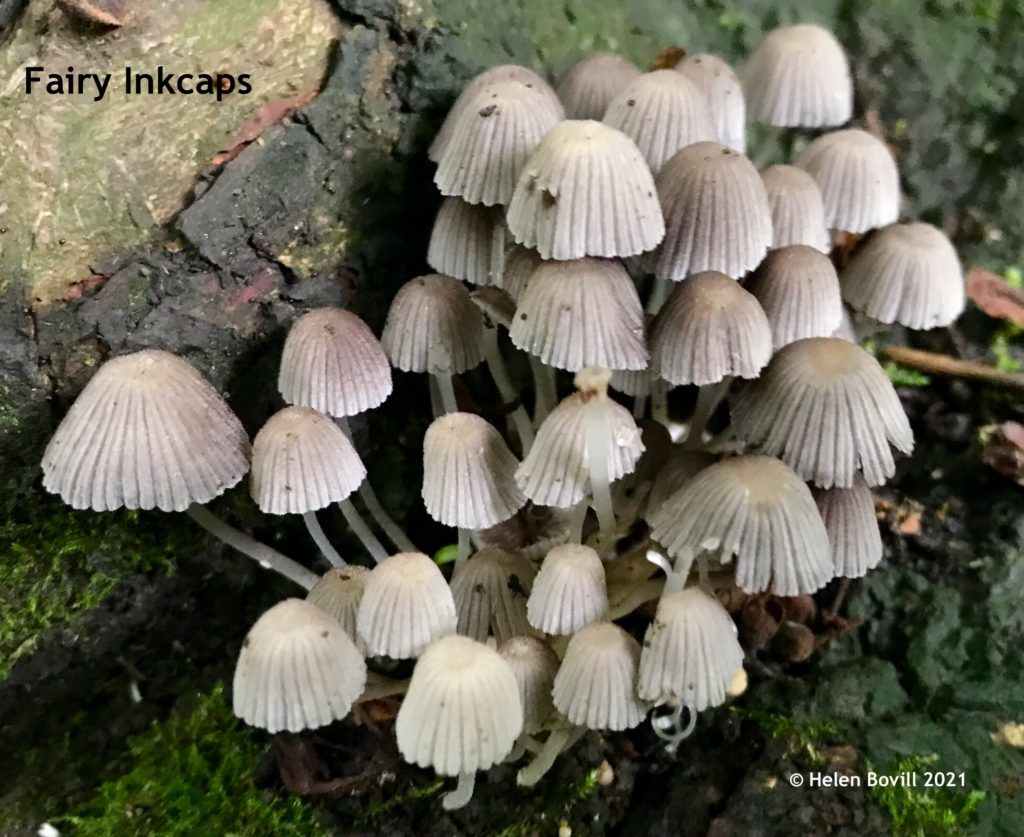
Mammals
A regular visitor to the cemetery reported seeing a Hedgehog in there one evening. I know one has also been seen in some of the adjoining gardens along Welbeck Street. It would be nice to think that this increasingly scarce little animal might find a safe place to live and raise a family in the Cemetery.
One evening around sunset a group of volunteers met up to take part in a national Bat survey. While we were waiting for the bats to emerge, we caught a brief glimpse of a Fox and two cubs in the distance. We had two bat detecting devices with us, and we heard and saw a few Pipistrelles. The best sightings were just outside the boundary in Western Cemetery.
Conclusion
It has been a successful month for the birds of the Cemetery, with plenty of youngsters around the site. But in Summer wildlife can be hard to spot; there are probably many other young birds and animals I didn’t manage to see. The damage to plants and Fungi was disheartening, but the Butterflies continue to bring joy.
And after the heavy rains and high temperatures of the first half of the month, it ended with some much cooler and cloudy weather.
Let’s see what August has in store for all that call Hull General Cemetery home! Wonderful Wildlife
Helen is a keen photographer and nature lover. She spent a large part of her working life at the Land Registry. She is a member of the Yorkshire Wildlife Trust and various other similar organisations. Living close to the Cemetery for over 30 years she has seen the fortunes of the site fluctuate and has joined the FOHGC to make a positive difference.


